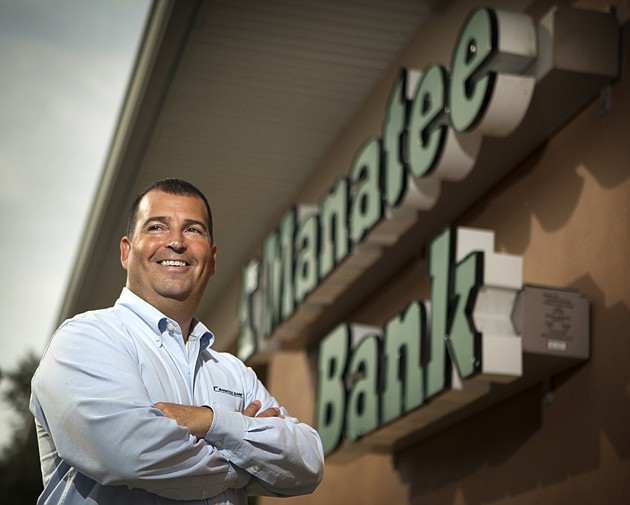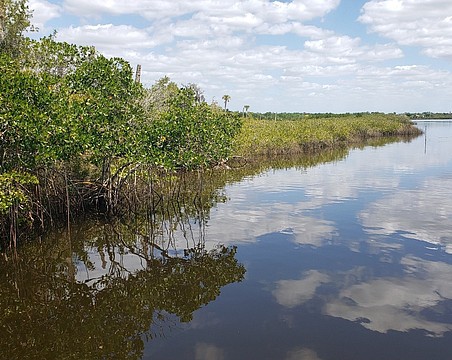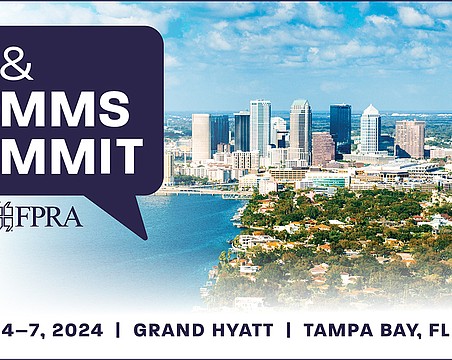Many long-suffering bank shareholders are finally seeing positive returns on the equity they invested in banks headquartered on the Gulf Coast.
Two important financial ratios, return on equity and return on assets, showed significant improvement for the first nine months of 2013 as most banks grew their profits.
Return on equity is measured as annualized net income as a percent of average equity. It's what the bank's owners are earning on their investment. Return on assets is a similar ratio that measures net income as a percent of average total assets. This tells you how well a bank is managing its assets to generate profits regardless of the bank's size.
But as good as some of the figures appear, it's hard to compare 2013 to 2012 because some top-performing banks' profits were clouded by tax credits they were able to realize for the first time this year.
Because of accounting rules, banks couldn't take tax credits while they suffered losses. But now that they're profitable, they're permitted to do so. For example, First National Bank of the Gulf Coast's pre-tax net operating income was $2 million for the first nine months of 2013. But tax credits boosted net income to nearly $11.3 million. “We're going to have noise in our numbers for the next three years,” says Gary Tice, chairman and CEO of First National.
“It has a huge impact on earnings,” says Lew Albert, CEO of Calusa National Bank in Punta Gorda. For the year to date through Sept. 30, Calusa's pre-tax net operating income was $490,000 but it posted after-tax net income of $2 million because of the tax credits.
 As a result, First National and Calusa National ranked first and second on the Gulf Coast for return on equity. Still, the tax benefits don't hide the fact that pre-tax net operating income at First National and Calusa National improved in 2013. “We plan to improve earnings year-over-year,” says Tice.
As a result, First National and Calusa National ranked first and second on the Gulf Coast for return on equity. Still, the tax benefits don't hide the fact that pre-tax net operating income at First National and Calusa National improved in 2013. “We plan to improve earnings year-over-year,” says Tice.
Meanwhile, Members Trust Co., a hybrid financial institution owned by credit unions, ranks tops for return on assets in large part because it's not leveraged like a traditional bank. Members Trust is a special-purpose federal savings bank that provides wealth management services to the members of credit unions that own it.
When the Office of Thrift Supervision chartered Members Trust in 2003, the bank was obligated to become a member of the Federal Deposit Insurance Corp. To obtain FDIC insurance, the bank's founders made a single $500,000 deposit even though Members Trust only provides wealth management services and doesn't take deposits or lend money. “It was a legal requirement at the time we get a charter,” says Tom Walker, Members Trust president and CEO.
Members Trust currently manages $1.5 billion and is the only such institution in the state. “We are very unique,” Walker says.
Based on return on assets, the ratio that equalizes bank performance regardless of size, one of the best-performing banks is 1st Manatee Bank in Parrish. 1st Manatee is also one of the smallest banks on the Gulf Coast with $103 million in assets.
“Community banks have to be as entrepreneurial as the small businesses they're lending to,” says Lewis Benner Jr., 1st Manatee's president and CEO. Benner says the bank has developed a small-business lending niche in the area and controlled expenses.
Founded in 2007, 1st Manatee was never saddled with the real estate development loans that soured for so many competitors. “We were able to navigate through the minefield without stepping on anything critical or catastrophic,” says Benner. “We're going to finish the year really strong.”




 As a result, First National and Calusa National ranked first and second on the Gulf Coast for return on equity. Still, the tax benefits don't hide the fact that pre-tax net operating income at First National and Calusa National improved in 2013. “We plan to improve earnings year-over-year,” says Tice.
As a result, First National and Calusa National ranked first and second on the Gulf Coast for return on equity. Still, the tax benefits don't hide the fact that pre-tax net operating income at First National and Calusa National improved in 2013. “We plan to improve earnings year-over-year,” says Tice.





